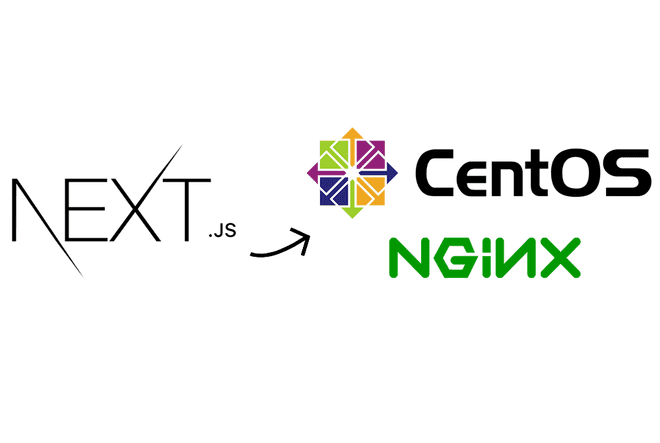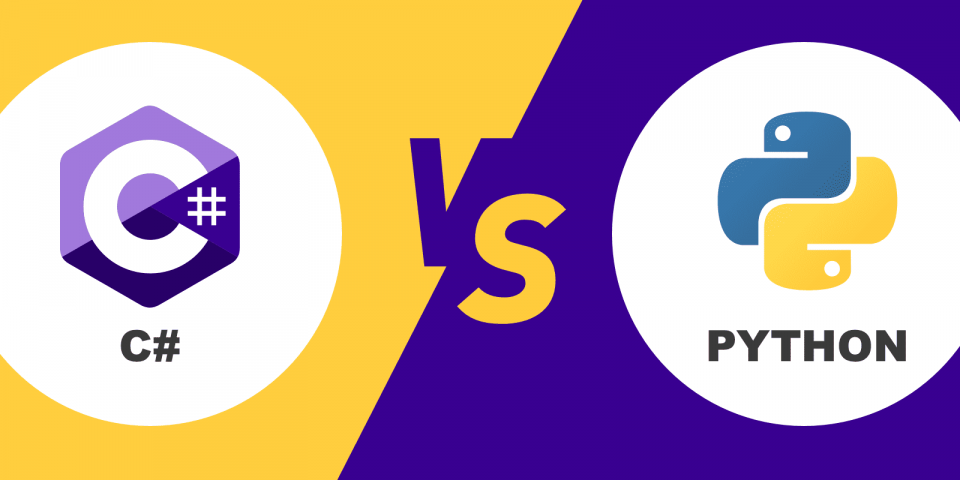Compare the performance of integrating Next.js into Laravel versus using Next.js as the front-end and Laravel as the back-end.
Next.js is a popular React framework that is commonly used for building server-side rendered React applications. Laravel is a popular PHP web framework that is commonly used for building backend applications. When it comes to using Next.js with Laravel, there are two approaches:
Integrate Next.js into Laravel: In this approach, Next.js is used as the front-end of the application, and Laravel is used as the backend. Next.js is integrated into the Laravel project as a subdirectory, and the Laravel routes are used to serve the Next.js application.
Next.js as front-end and Laravel as backend: In this approach, Next.js is used as the front-end of the application, and Laravel is used as the backend. Next.js and Laravel are separate applications that communicate with each other via APIs.
Now let's compare the performance of these two approaches:
- Integrate Next.js into Laravel:
- Pros:
- Easier to set up and get started with as both the front-end and backend are in the same project.
- It's easier to maintain the application as both front-end and backend code are in the same codebase.
- You can take advantage of Laravel's features such as routing, middleware, and authentication.
- Cons:
- The performance may not be as good as having Next.js and Laravel as separate applications because the server has to serve both the Laravel application and the Next.js application.
- The codebase may become more complex as you have to manage both Laravel and Next.js code in the same codebase.
- Pros:
- Next.js as front-end and Laravel as backend:
- Pros:
- Better performance as the Next.js application can be served separately from the Laravel backend.
- The application is more scalable as you can scale the front-end and backend independently.
- Easier to maintain as the front-end and backend code are separate.
- Cons:
- It can be more complex to set up as you have to manage two separate applications.
- You have to manage APIs to communicate between the front-end and backend.
- Pros:
In conclusion, both approaches have their pros and cons, and the choice depends on the requirements of your project. If performance is a top priority, using Next.js as the front-end and Laravel as the backend may be a better option. However, if ease of setup and maintenance is a top priority, integrating Next.js into Laravel may be a better option.




